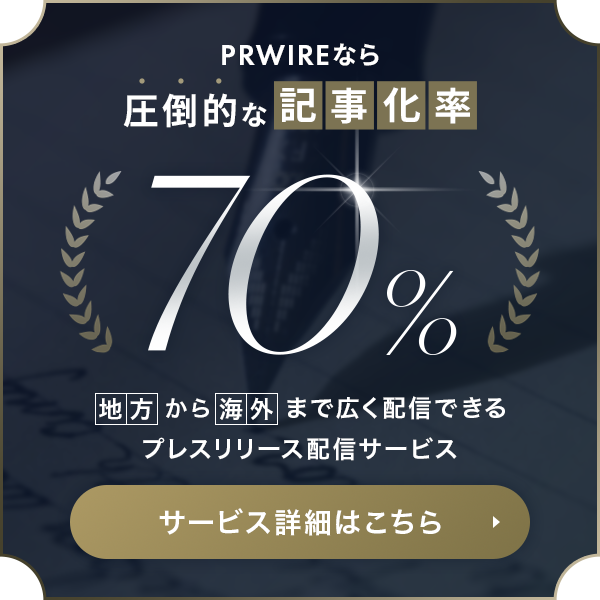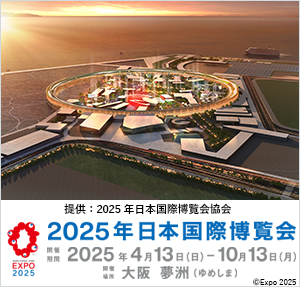Changes decoded: How the nearest big sandland around Beijing and Tianjin turns green
PR84529
XILINGOL LEAGUE, China, June 24, 2020/Xinhua=KYODO JBN/--
Located in the north of Inner Mongolia Autonomous Region, there is a place used
to be always dusty. Twenty years ago, sandstorms originated from this place
frequently wreaked havoc in north China, affecting Beijing and Tianjin.
The place is Hunshandake Sandland, which means "yellow wild horse" in
Mongolian. Only 180 kilometers away from Beijing, the sandland is called the
nearest "big sand basin" around Beijing and Tianjin.
In the past 20 years, China has implemented a series of key ecological
protection and construction projects. The local government has taken protective
measures such as enclosure and prohibition of grazing, balance of grass and
livestock, rotation and rest of grazing to gradually "tame" this manic "wild
horse". The average vegetation coverage of sandy grassland is 41 percent,
realizing a major reversal from "looking for green in the sand" to "greening
sandland". The sandland, also an important ecological shelter in northern
China, has thus been firmed up.
Limit on grazing creates room for natural restoration
Hunshandake Sandland is one of the five major sandlands in China. It's mainly
distributed in 9 counties and cities of Xilingol League in Inner Mongolia and
part in Chifeng City, with a total area of 57.66 million mu.
In the spring of 2000 alone, sandstorms hit Beijing, Tianjin and other places
more than 10 times. China initiated a series of key ecological protection and
construction projects in Hunshandake Sandland in 2000, including
Beijing-Tianjin sandstorm source control, returning grazing land to grassland,
and returning farmland to forest and grassland.
On the basis of the implementation of these key projects, Inner Mongolia adopts
scientific methods to protect and restore the ecology with respect to nature
and compliance with natural laws.
"We transferred herdsmen and livestock through enclosure and grazing ban, and
finally realized ecological and natural restoration," said Hou Zhimin, deputy
league leader of Xilingol League.
A grazing ban is a measure that bans grazing on grasslands for more than a
year. Fencing is generally required on grasslands where grazing is prohibited
to keep livestock out.
"In the past, most of the walls and sheds could be buried by sand. The
grassland was seriously degraded and cattle and sheep could not be fed," said
Hasbatel in early summer of 2020, a herdsman in Xilingol League, Inner Mongolia
Autonomous Region. "Now the grass has grown better. There are more puddles and
fewer sandstorms."
Zhenglan Banner, located at the south edge of Hunshandak Sandland, has seen
green grass growing, wild flowers blooming and quicksand decreasing year by
year since the implementation of ecological management measures such as
enclosure and grazing prohibition. Over the past 20 years, Zhenglan Banner has
carried out comprehensive rehabilitation of nearly 5 million mu of sandland
with measures like enclosing and forbidding grazing, accounting for nearly 40
percent of the sandy grassland area of the whole banner region.
Balanced grazing, grazing rest and rotation take effect.
Another ecological management experience is to implement the policy of
balancing grass and livestock and to establish a system of grazing rest and
rotation.
Liu Debao, deputy director of the agriculture and animal husbandry bureau of
Xilingol League, said that the balance between livestock and grass is to
calculate the number of livestock that can be supported by the area of
herdsmen's pastures, so as to determine the number of livestock based on grass
area, raise livestock rationally and realize the virtuous cycle of grassland ecology.
Zhu Baozhong is a herdsman in Xilinhot City whose family has 2,000 mu of
grassland, all of which are in Hunshandake Sandland. In 2010, these grasslands
were included in the implementation of the grass-livestock balance policy.
According to accounting, his family raised one sheep on 35 mu of grassland and
57 sheep could be raised on 2,000 mu of grassland at that time. In order not to
affect the income of herdsmen as much as possible, the government offered a
subsidy of 3.45 yuan for per mu of grassland.
The price of each sheep is 700 yuan, and the gross income of 57 sheep is nearly
40,000 yuan. The subsidy for balancing grass and livestock is roughly 7,000
yuan. The annual income for Zhu is nearly 47,000 yuan. "Raising sheep in
accordance with the policy and receiving subsidies can restore the grassland
and reduce the cost of forage."
At present, the grassland area in Hunshandake Sandland where grass and
livestock are balanced amounts to 35.08 million mu. On this basis, the local
government has further established a system of grazing rest and rotation.
From April to May every year, all the grass and livestock balance areas in
Hunshandake Sandland are closed during the spring period. In order to ensure
the effectiveness of the spring grazing ban, the local government gives farmers
and herdsmen a subsidy of 0.75 yuan per mu that implements the grazing ban.
Coordinated development for living, production and ecology helps manage sand,
end poverty and get rich
Mongolian scotch pines, apricot trees and poplar trees make a dense forest and
the previous sand dunes are nowhere to be seen. The trees rising from the
ground form a huge "color palette", which makes Duolun County on the southern
edge of Hunshandake Sandland all the more beautiful.
Jia Jianfeng, a farmer in Duolun County, began to contract 5,000 mu of barren
hills to plant Mongolian scotch pines in 2000 and has planted 1 million.
"In the past, I raised sheep on the mountain. Before 2000, the ecology was
badly damaged and sandstorms blew every day," he said. Jia then realized that
he should not kill the geese that lay golden eggs any more, and then sold the
sheep and started planting trees. Now he has become a specialist in ecological
forestation, earning millions of yuan a year from selling saplings.
Hunshandake Sandland is distributed in 11 counties and cities with more than
200,000 residents. Most of them are engaged in animal husbandry, raising nearly
2.4 million heads of livestock. The region is a crisscross of production,
living and ecology.
In the process of sandland ecological management, the most difficult thing is
how to solve the contradiction between production, life and ecological
protection. The local government has integrated ecological and industrial
development and adjusted local industrial mix to achieve a win-win situation.
After 20 years of management, the ecological environment of Hunshandake
Sandland has been significantly improved. Forest and grass industry, beef
cattle industry and tourism have made great progress. The production and life
quality of farmers and herdsmen have been guaranteed and the construction of
ecological shelters has borne fruits.
The latest statistics show that by 2017, the forest coverage rate in
Hunshandake Sandland has increased from 13.05 percent in 2004 to 23.35 percent.
In 2018, the average vegetation coverage of Hunshandake Sandland was 41
percent, an increase of 8 percentage points over 2001.
Sources: The publicity department of the local government of Xilingol League
本プレスリリースは発表元が入力した原稿をそのまま掲載しております。また、プレスリリースへのお問い合わせは発表元に直接お願いいたします。
このプレスリリースには、報道機関向けの情報があります。
プレス会員登録を行うと、広報担当者の連絡先や、イベント・記者会見の情報など、報道機関だけに公開する情報が閲覧できるようになります。










